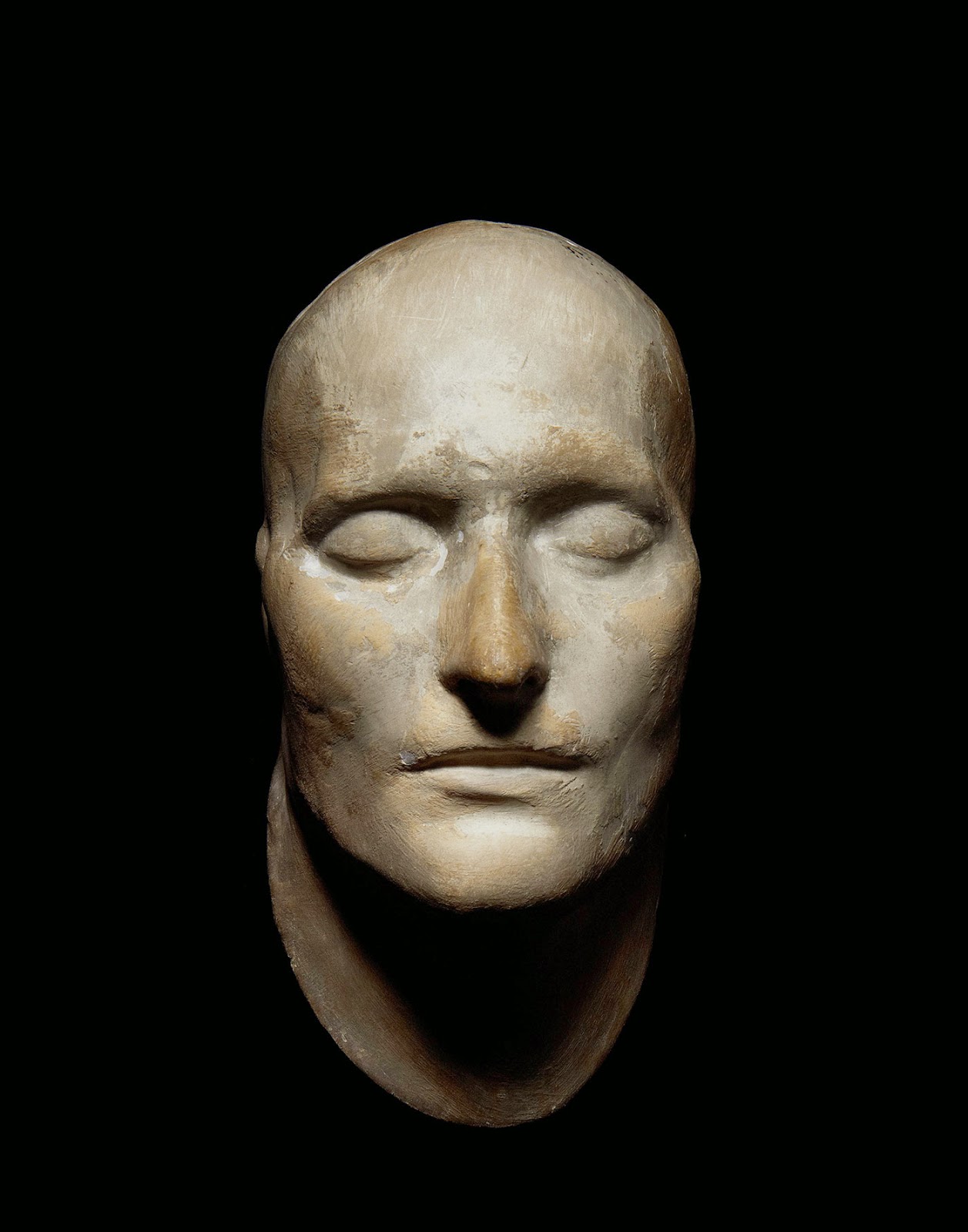During the time of Napoleon Bonaparte, it was customary to cast a death mask of a great leader who had recently died. A mixture of wax or plaster was carefully placed over Napoleon’s face and removed after the form had hardened. From this impression, subsequent copies would be cast. Contrary to some accounts of Napoleon’s death, it was not Dr. Antommarchi who made the original mask or so-called “parent mold”; it was the surgeon Francis Burton of Britain’s Sixty-Sixth Regiment at St. Helena. Napoleon was a charismatic and stylish leader in his day. His face is fairly handsome and pretty symmetrical. Painters like Jacques-Louis David said they were “struck by Bonaparte’s classical features” but he rarely sat for portraits, which is why many of the most famous images of Napoleon weren’t accurate studies of his visage. Most portraits artists had to base their work on extrapolations from other paintings or busts, rather than the man himself. He didn’t seem to care, though, as long as the right message was there in the commissioned art. Napoleon died of stomach cancer so he would’ve lost weight but beyond that, this death mask is way more representative of what he looked like versus what a painting would represent him as. The artists were well-known at the time for embellishing in a positive manner how very powerful and rich people looked in paintings. Interesting fact: Napoleon wasn’t as short as he was made out to be in history books. Historians suggest he was 5’6″ to 5’7″ (1.68 m) whereas the average height of a Frenchman was 5’6″ at the time. Notify me of new posts by email.
Δ Subscribe
